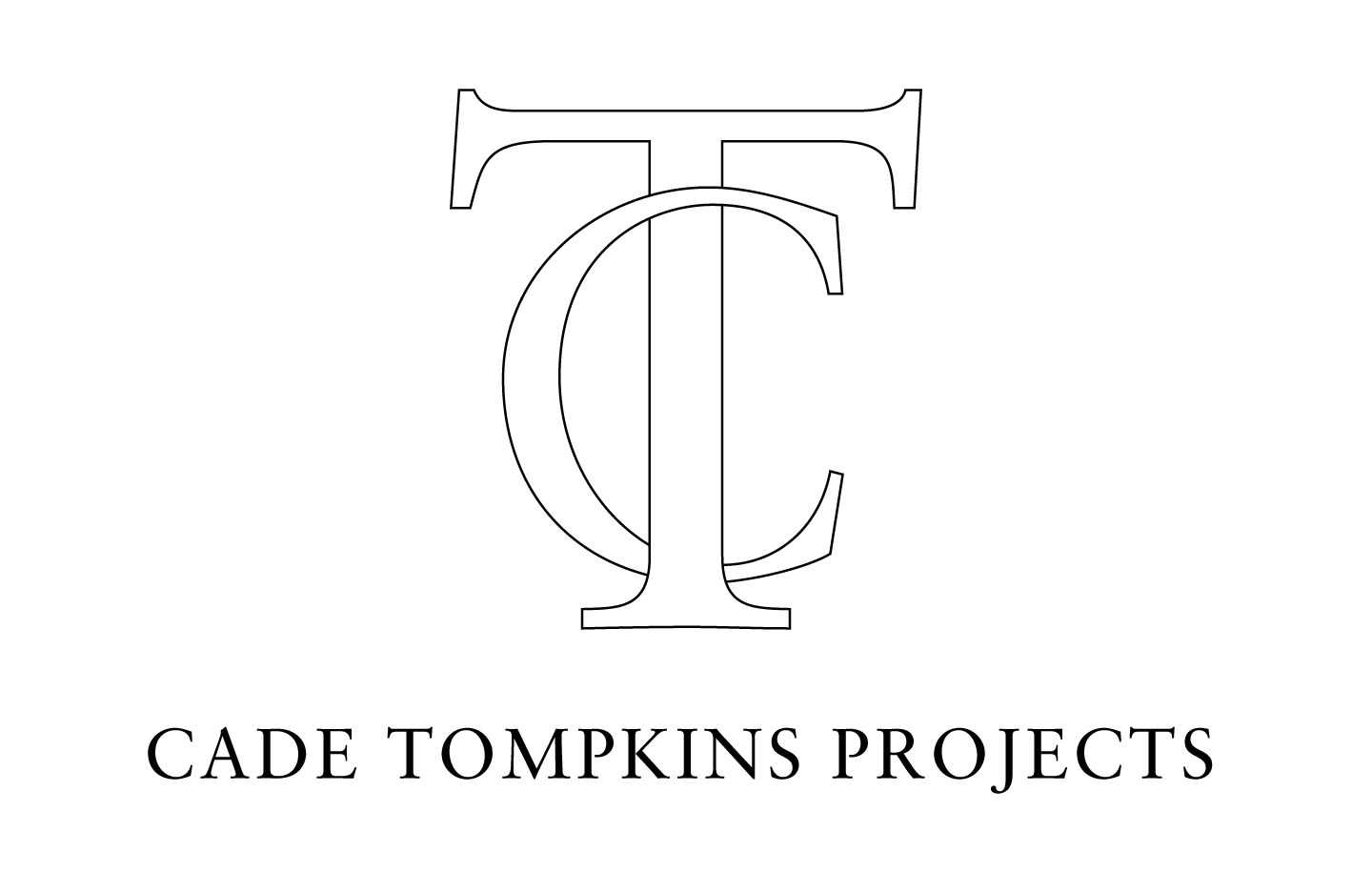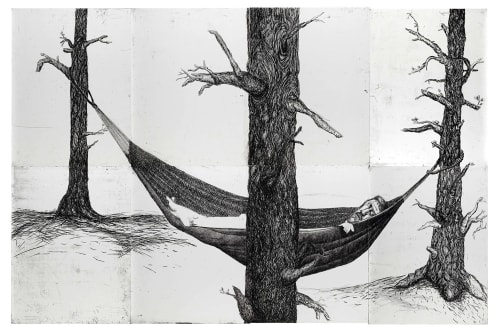The Rhode Island School of Design’s faculty biennials don’t have a best-in-show award, but if they did, Daniel Heyman would have won last year’s award hands down. The reason: a big multi-part print that brilliantly channeled Heyman’s anger over the Iraq war generally -- and over Abu Ghraib, in particular -- while also managing to show off his considerable drawing and printmaking skills.
Granted, some of the print’s images were harrowing, with severed limbs and battered bodies in abundance. But it was also impossible to ignore -- an amped up “Guernica” for the age of Twitter and CNN.
Now Heyman is back with a one-man show at Cade Tompkins Projects in Providence, titled “Summer Fall Winter Spring” the exhibit features a suite of large-scale prints and mixed media works that loosely draws on the traditiion of artworks depicting the Four Seasons.
Such series have a long history, dating to the illimunated missals and prayer books of the Middle Ages. But as you might expect, Heyman who lives in Philadelphia while commuting to RISD to teach printmaking classes, has added some contemporary touches of his own.
The series opens innocently enough with a portrait of the artist lolling in a backyard hammock. Titled “Summer: Artist Sleeps,” it suggests that even the most driven or politically engaged artists occasionally need to chill out. Still, it isn’t long before Heyman is back in the role of artist-activist. In “Fall: Artist Eats Pho,” Heyman shows himself eating a bowl of Asian noodles in a restaurant. Next to him is the restaurant’s owner, a Vietnam War refugee named Hung Nguyen whose harrowing personal story (think “The Killing Fields” meets “The Road”) is told along the bottom half of the print.
The third installment in the series, “Winter: Artist Engages,” is also the most technically and thematically ambitious. Filling the entire back wall of the gallery, it features three large panels, each consisting of dozens of smaller sections printed on ceramic tiles. Of special note: the middle panel, which features two large self-portraits -- both unabashedly nude -- and which probably comes the closest to embodying the series’ overarching theme: the challenges of balancing the inner imaginative life of the artist with the often messy realities of everyday experience.
The series ends on a quiet note, with a portrait of Heyman sitting alone by a window. Yet rather than gazing at the world outside, Heyman shows himself contemplating another work of art -- a netsuke (a small Japanese sculpture) depiciting the famous story of the Three Blind Men and the Elephant.
Overall, “Summer, Fall, Winter, Spring” is something of a mixed bag, with a host of striking images and innovative printmaking techniques that never quite reach critical mass. Yet even if it’s not the knockout effort that Heyman’s fans might have expected, the show, which also includes a variation on the print that wowed viewers at last year’s RISD Faculty Exhibition, remains one of the best gallery exhibits on view at the moment.
In contemporary print circles, Heyman is a rising star. Catch him while you can.


